Design & Real Estate Studio
Real Estate Directed Research
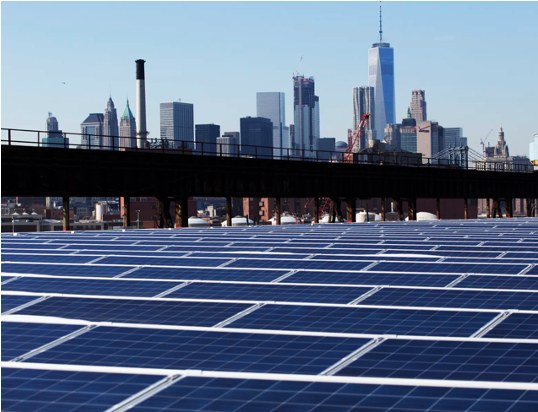
In this course students conduct an original investigation in order to acquire new knowledge within a framework set by a client in practice. The primary goal of this directed research class is to deepen student's personal understanding of a particular topic or issue in real estate development. A key secondary goal is to build their skills and confidence to make succinct public presentations of complex material.
Most of the research will consist of secondary research—that is, information collected from others, including through scholarly or technical articles, news articles, and other published or internal documents; but also including in person interviews with project team members and other professional contacts. Students will typically be summarizing and analyzing this information and applying it to a particular situation or future project.
Prior to the start of this course, students should have begun identifying a particular client and a general topic or project focus. They will need to quickly focus and describe their research question, conduct a literature review and collect relevant data, interview relevant professionals and others with knowledge of the topic, and ultimately analyze and interpret all this information in order to compile a final report.
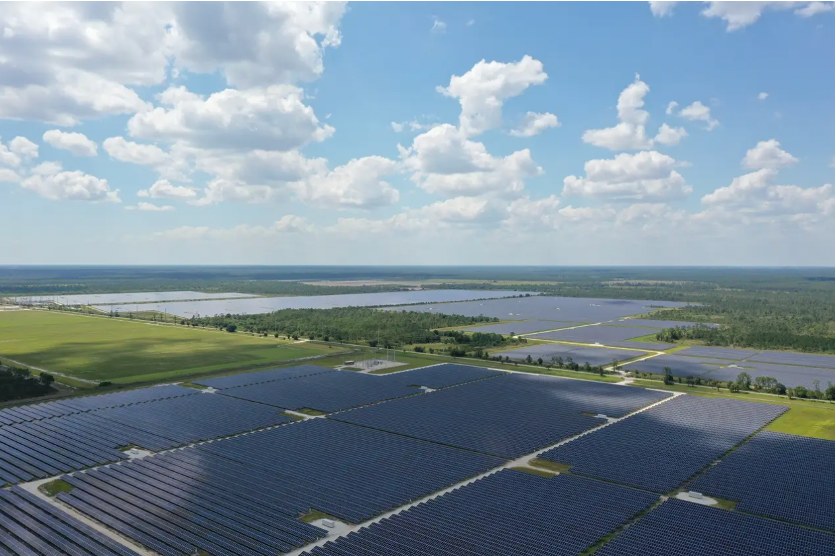
marissa brown, 2024
"Is Community Solar a Path to Neighborhood Resiliency?"
An analysis of community solar development in the United States and its impact on community and disaster resilience.
Resilience, defined as the ability to withstand and recover from shocks, is crucial in the context of climate change. The increasing frequency and severity of natural disasters, driven by rising global temperatures, necessitates robust resilience strategies for communities. Climate change exacerbates various environmental and socio-economic issues, disproportionately affecting underserved communities that contribute minimally to greenhouse gas emissions. The primary concern is to mitigate these impacts through sustainable and community-centric solutions.
Community solar, as defined by the U.S. Department of Energy, involves solar projects where the generated benefits are shared among multiple customers, including individuals, businesses, and non-profits. These projects typically range up to five megawatts and can be installed in rural, suburban, or urban areas, often on unused land. Community solar addresses the accessibility barriers of traditional rooftop solar, providing renewable energy to those who cannot install personal solar panels due to financial or logistical constraints.
Community solar projects can be financed through ownership-based or subscription models. In the ownership model, customers purchase rights to a portion of the solar panels, receiving credits for the generated energy. The subscription model involves leasing panels or purchasing power at a fixed rate lower than utility prices, often without upfront costs but with ongoing maintenance fees. Successful community solar projects often involve anchor tenants like local schools or businesses, which enhance the project's financial stability and community benefits.
Community solar projects enhance resilience by reducing living costs, fostering community engagement, creating jobs, and providing educational opportunities. In regions like the Gulf Coast, where energy burdens are high due to poor housing quality, community solar can make living more affordable by lowering utility costs. This financial relief allows communities to invest in energy efficiency and housing improvements, further enhancing resilience.
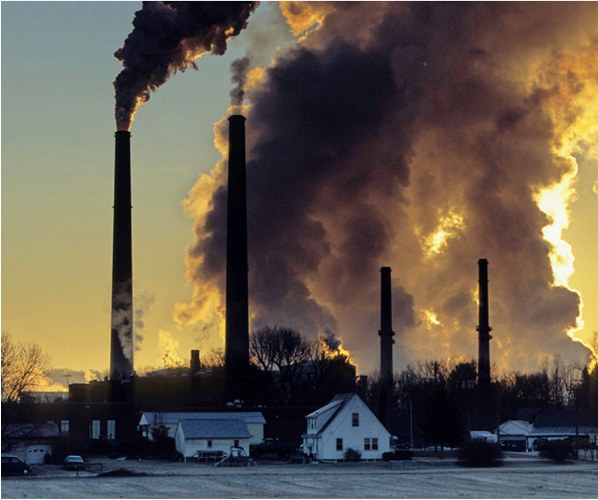
Community engagement is vital for the success of shared solar projects, involving collaboration among residents, organizations, and local governments. This engagement fosters a sense of ownership and pride in shared developments. Additionally, community solar projects can repurpose brownfield sites, transforming contaminated or underused land into productive solar farms, thereby revitalizing neighborhoods and contributing to environmental cleanup.
The DOE Solar in Your Community Prize Challenge showcases various successful community solar projects across the United States. These projects target low-to-moderate income (LMI) households and underserved markets, demonstrating the potential of community solar to enhance resilience. For instance, projects in Kerrville, Texas, and Burlington, Vermont, have effectively integrated LMI participants and created substantial community benefits.
In Baltimore, Maryland, the Power52 Foundation developed a 2.5 MW community solar project specifically for LMI individuals, while in Brooklyn, New York, the Gowanus Grid & Electric project focused on LMI residents in multi-family housing. These projects not only provide renewable energy but also foster job creation and community development.
Community solar represents a promising path to enhancing neighborhood resiliency by addressing both energy and socio-economic challenges. Through innovative financing models and strong community engagement, these projects can provide affordable, clean energy to underserved populations, reduce environmental impacts, and foster community pride and involvement. As climate change continues to pose significant threats, the expansion of community solar can play a crucial role in building more resilient and sustainable communities.
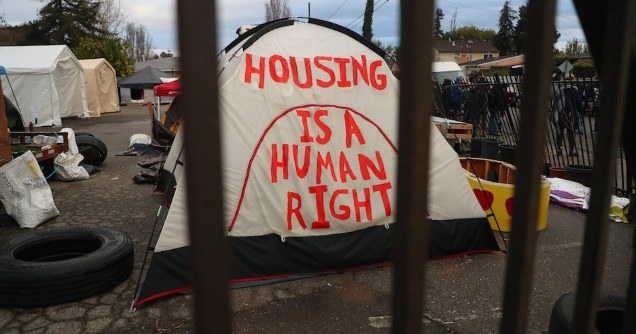
andrew mann, 2024
Institutional Capital: A “Blessing and a Curse”
Affordable housing is a pressing issue in the United States, with profound humanitarian and economic ramifications. Despite its critical nature, many Americans remain unaware of the severe shortage of affordable housing. This shortage hampers economic mobility and exacerbates childhood poverty. Access to affordable housing is essential for boosting homeownership, which in turn can help reduce intergenerational poverty. Furthermore, enhancing affordable housing access has been linked to potential GDP increases.
The primary problem is a lack of supply. According to the National Low Income Housing Coalition, no state or county in the U.S. allows a renter working full-time at minimum wage to afford a market-rate two-bedroom apartment. This highlights a systemic issue requiring urgent intervention.
Affordable housing exists in various forms, supported by numerous programs. However, these programs often fail to provide a pathway to homeownership. Tenants do not build equity regardless of how long they rent, and rising construction costs for traditional site-built housing make it more difficult to preserve existing affordable housing. Manufactured Home Communities (MHCs) and homes present a more cost-effective solution, as they are cheaper to develop and maintain, resulting in lower rents. With increasing material costs and supply chain issues, manufactured homes offer a more affordable option for both renters and investors.
Despite the benefits of MHCs, developing new communities is challenging due to financing, regulatory, and political obstacles. Existing MHCs also face threats to their affordability and supply, as larger capital markets are increasingly interested in these assets. This interest could impact the future of MHCs, their residents, and the development of new communities.
Parker Invest, founded by Tony Shu and James Parker, focuses on MHC investing, viewing these communities as recession-resistant investments with steady cash flow. Their investment strategy is based on the affordable housing shortage in the U.S. and the rising demand for MHCs. They foresee significant institutional capital entering this space, which could either preserve and expand MHC supply or lead to rent increases and the repurposing of these communities, worsening the affordable housing crisis.
The affordable housing shortage impacts all regions of the country, with over 10.8 million individuals living at or below 30% of the area median income and a shortage of more than 7 million affordable units. For example, Louisiana has only 41 affordable units available for every 100 needed for those earning 30% of the area median income. Between 1960 and 2016, median rent payments rose by 61%, while renter income increased by only 5%.
The shortage has significant economic effects. Housing is vital for economic mobility, stable childhoods, consistent education, and general health and safety. The lack of affordable housing reduces earning potential and slows GDP growth. Cities need diverse housing options to attract workers and new employers. The National Low Income Housing Coalition estimates the affordable housing shortage costs the U.S. economy $2 trillion annually in lower wages and productivity. Increasing the supply of affordable rental homes could add between $1.2 billion and $2.4 billion annually to local economies.
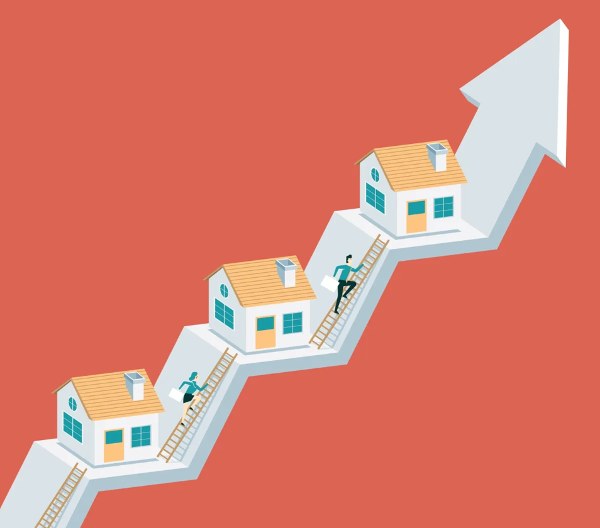
Investing in affordable housing supports job creation and increases tax revenue. One affordable housing unit produces an average of three jobs and $60,000 in local tax income. Every dollar invested in affordable housing creates $2.30 in economic activity. Building or rehabilitating two million units over two years could yield one million jobs annually.
The current system often perpetuates generational poverty by creating perpetual renters. Entry-level homes are becoming increasingly expensive, making it difficult for low earners to purchase. Manufactured homes, which cost significantly less than site-built homes, offer an attractive ownership opportunity. Their modular building process keeps prices low, providing immediate ownership opportunities for low-income families. These homes can also become income-producing assets if the owners' economic situation improves.
Despite their potential, the expansion of MHCs faces numerous challenges. Nonetheless, they remain one of the few viable forms of affordable housing. Manufactured homes, often referred to as mobile homes or trailers, are factory-built housing units mounted on a steel chassis, allowing for transportation. Unlike travel trailers, these homes are permanent residences typically not moved after initial placement. Their modular construction process is efficient and cost-effective, making manufactured homes an affordable housing option.
Over 20 million Americans live in manufactured homes, surpassing the number of people living in public or federally subsidized housing. There are over 50,000 MHCs in the U.S., with significant numbers in states like Texas, North Carolina, and Florida. In Louisiana, there are about 185,408 manufactured home units.
The demographic of manufactured home residents primarily consists of blue-collar workers, retirees, and unemployed individuals. Most residents identify as working-class or living on a fixed income. Interestingly, higher-educated low-income households are more likely to choose manufactured homes over single-family detached homes due to the lower costs.
Manufactured homes are significantly more affordable than other housing options, with the average monthly cost for a manufactured home renter at about $751, compared to $1,052 for other housing options. This affordability is particularly appealing in expensive urban areas where conventional housing rents are much higher. Though MHCs are often found in rural areas, 61% are located in metropolitan areas, with 14% of all manufactured home units in the top 15 metropolitan statistical areas.
Investing in MHCs can help address the affordable housing crisis, but it requires investors who understand the nuances of these communities. Federal funding and programs like Fannie Mae and Freddie Mac are beginning to support this sector more, but challenges remain in maintaining and developing new communities. Policymakers must take action to support the development and sustainability of MHCs, addressing both the humanitarian and economic aspects of the affordable housing crisis.